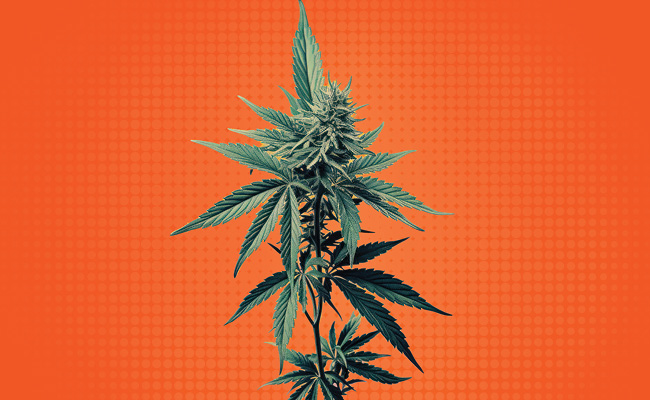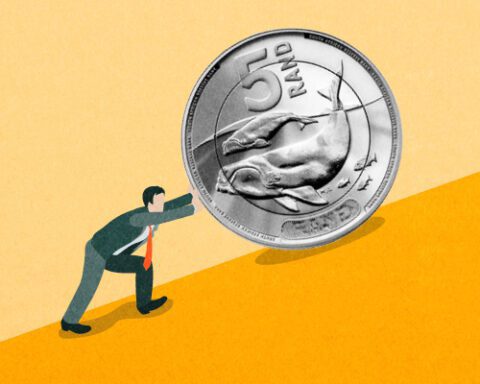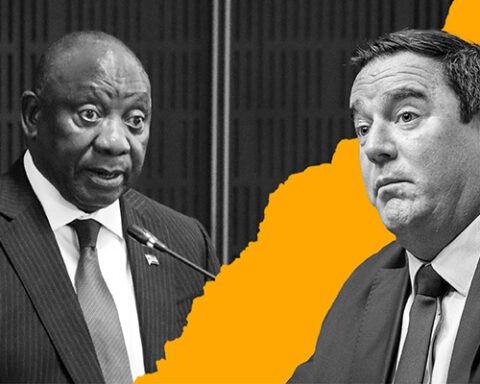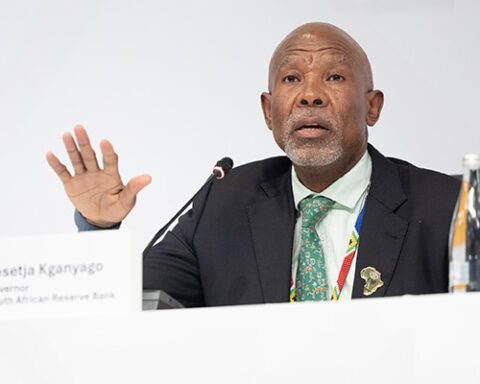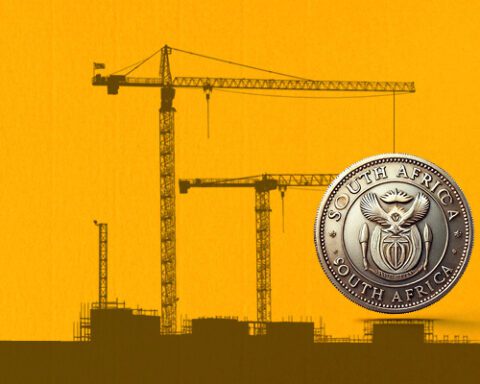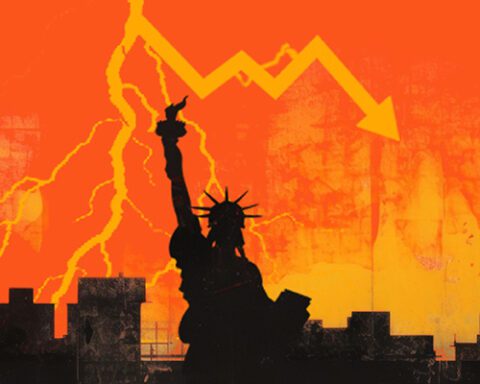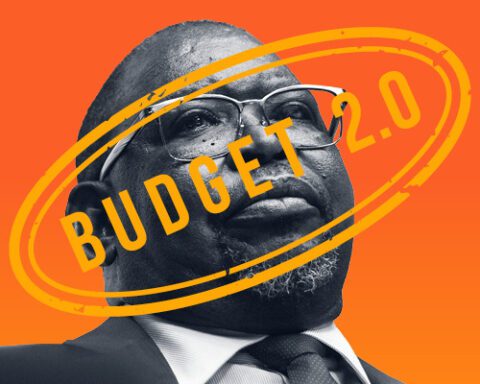South Africa’s cannabis masterplan suggests there are about 900,000 small-scale farmers in the country growing dagga. The creation of a huge, new global industry ought to be providing these farmers with grand new options, but instead the opposite is happening: Canadian cannabis is flooding the local market. Welcome to the brave new world of the legal-ish marijuana trade.
South Africa is still a leading force in the cannabis industry on the continent, according to Trenton Birch, CEO of the consultancy and industry educator Cheeba Africa.
But this fascinating new industry, which is just entering the mainstream, is undergoing massive changes, and South Africa will need to keep pace to ensure it keeps growing and achieves the objectives of the national cannabis masterplan developed in 2019.
Essentially, there are two new industries in the field, and one very old one. The first is the production of hemp, which is typically large-scale production for a mass of different things, including paper, rope, textiles, clothing, biodegradable plastics, paint, insulation, biofuel and food.
“Anybody who thinks the hemp industry is an agricultural industry is actually misguided,” Birch says. While agriculture is the catalyst, the number of downstream industries that hemp moves into are huge, like fiber and fabric construction, bioplastics and biofuels. “It can’t just be seen as an agricultural industry,” he adds.
In a sense, the hemp industry is like the maize industry; it operates on high volumes and grand scale. The essential differentiating factor between hemp production and medical cannabis is that hemp must legally contain less THC (delta-9-tetrahydrocannabinol), the main psychoactive ingredient in the cannabis plant and the substance that makes you feel “high” when you smoke marijuana.
The plant is not enormously different in both cases, but South Africa does have an odd challenge. “We get all these international seeds in – genetics in from overseas that have grown in the north. We put them in the ground, and because of our UV rays, the THC level spikes,” says Birch.
Going underground
As for medical marijuana, South Africa is trying to catch up with the world, and 110 medical cannabis licences have been issued locally. But, says Birch, fewer than 10 of those are actually shipping internationally – and they have to ship internationally because the local medical market is very small.
“Unfortunately a lot of these farms, because they haven’t been able to get the quality to ship internationally, are pushing stuff out into illicit markets.”
The entry point for a medical facility is about R18m to R20m, but it is in this area where the Canadian industry has developed fastest – arguably too fast – and the industry is now in a state of global oversupply.
As a consequence, cheap Canadian medical marijuana has been “flooding the market” in South Africa, which is affecting the Pondoland farmers who have been putting low-THC, land-raised varieties into the marketplace.
As for the recreational use of cannabis, South Africa is miles behind the rest of the world, where legalisation is now almost more the norm than the exception. Ironically, it’s precisely this area where small rural farmers could benefit most from small, high-yielding crops.
But it’s also the area where the regulatory environment is the biggest restriction. South Africa’s courts opened the way to the decriminalisation of recreational marijuana use, but that is different from being able to legally trade recreational cannabis.
“There is currently no legal framework for trading recreational cannabis,” Birch says, and this is despite the fact that the masterplan explicitly calls for government to “finalise the necessary changes to the Drugs and Drugs Trafficking Act to remove the current restrictions that prohibit commercialisation of all aspects of the cannabis value chain”.
Government is also called on to “develop an appropriate policy framework and a new legislation to regulate the commercialisation and industrialisation of cannabis in South Africa”.
None of this has happened yet, though Birch says the Cannabis for Private Purposes Act has set a precedent, and he is very encouraged that the department of trade, industry and competition has now taken over the cannabis industrialisation process.
At the moment, it is possible to have a cannabis club, which operates in a slightly grey area. Since it is legal to produce your own cannabis, it is probably also legal to operate a non-profit club with a membership model.
A club is a “closed-loop system” in which production and use is “maintained internally”. This is the same model that is used in both Spain and Germany. There are a lot more of them in South Africa than you might imagine: perhaps 1,500.
But, says Birch, the real solution is legalisation of commercial production for private, recreational use. Without that, South Africa’s many aspirant farmers will have to continue operating underground.
Sign up to Currency’s weekly newsletters to receive your own bulletin of weekday news and weekend treats. Register here.
